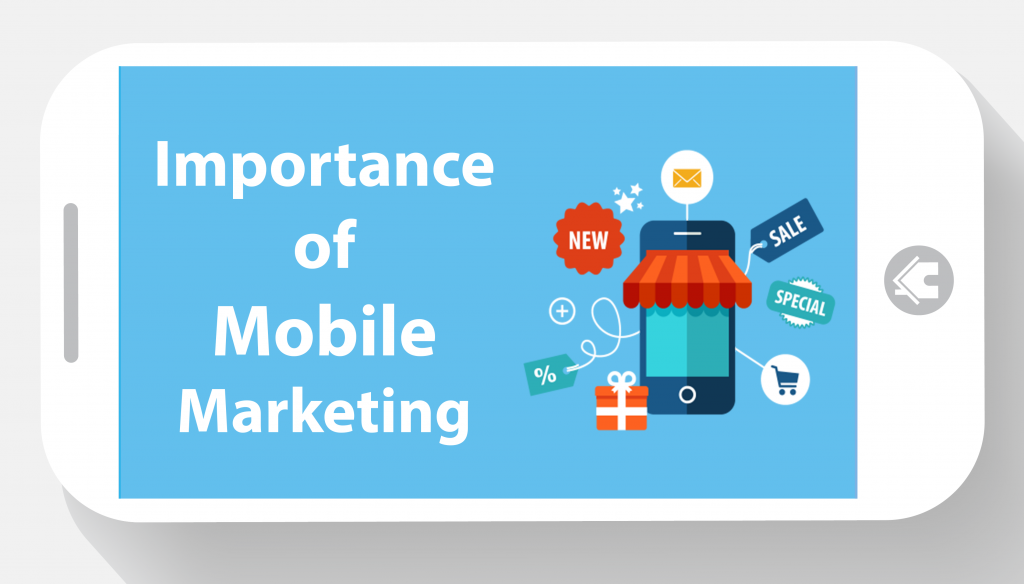Mobile Marketing: Definition, Basics, Guide, and Benefits

Both marketers and consumers begin their web services on mobile marketing platforms and devices. Digital marketers, in particular, are excited to run mobile campaigns, because they know that mobile users are motivated buyers. According to Salesforce, “68% of companies have integrated mobile marketing into their overall marketing strategy.” Let’s go into the details.
 What is Mobile Marketing?
What is Mobile Marketing?
Are you reading this post from a mobile device? I’m certain, considering that 80% of internet users own a smartphone.
Mobile marketing is a multi-channel, digital marketing strategy aimed at reaching a target audience on their smartphones, tablets, and/or other mobile devices, via websites, email, SMS and MMS, social media, and apps.
Mobile marketing is a way to promote products or services through mobile devices. With this strategy, target consumers access location and time-sensitive customized content that promotes certain products, services, or ideas.
Types of Mobile Marketing
There is a variety of mobile marketing techniques to try for a business. Factors like your budget, specific industry, and customer segment determine the success of the strategy. That said, below are some mobile marketing options:
- Mobile app marketing. Mobile apps allow businesses to include ads in specific mobile application designs. Facebook is an excellent example of ads in an app.
- In-game advertisements. This approach refers to all advertisements on mobile devices that pop up when certain games are opened or in progress. These ads can appear as full-image ads, banner pop-ups, or video ads that show up during loading screens.
- Quick-response barcode (QR codes). These barcodes are scanned using the camera of a phone, and then the customers are redirected to the linked site from where they can see more information regarding a particular brand.
- Mobile banner ads. These banners are pretty much the same as the ones on the desktop, only that they are adequately smaller to fit on the screens of mobile devices.
- Proximity or Bluetooth marketing. With this approach, consumers get location-specific ads enabled from the Bluetooth on their devices.
- Voice marketing. This is when businesses use computer-produced and automated calls to promote their goods or services. It is up to the customer to decide whether to hang up or listen to the phone call.
- SMS marketing. This method of mobile marketing is, by far, the most common. Marketers use this medium to reach out to customers with offers and other relevant information via their mobile gadgets.
Why Is Mobile Marketing Important?
Mobile users spend 89% of their time on mobile apps, making mobile devices dominate communication.
The overall view and amount of content on mobile devices are simplified due to their smaller size. As mobile devices are smaller and lighter than computers, users can easily carry them everywhere and make purchases at any time they want.
Mobile hastens the time to purchase by 20 percent.
Compared to a year ago, 50 percent of smartphone users expect to buy something immediately while using their devices.
Ninety-one percent of smartphone users plan purchases or buy individual items after seeing relevant ads.
2/3 of customers who use smartphones are likely to purchase from businesses that have apps or mobile websites with content customized to their location.
Forty percent of online transactions occur on mobile devices.
Benefits of Mobile Marketing
Compared to other forms of marketing, mobile marketing has several significant benefits.
 Text messaging is easy and comparatively cheap. If we take traditional advertising methods such as TV ads or printing ads into account, SMS is obviously cheaper. Like ad formats such as PPC or email marketing campaigns, text messages are pretty easy to send and they require no technical skills.
Text messaging is easy and comparatively cheap. If we take traditional advertising methods such as TV ads or printing ads into account, SMS is obviously cheaper. Like ad formats such as PPC or email marketing campaigns, text messages are pretty easy to send and they require no technical skills.
- SMS has a high CTR. Since people consider communicating via their mobile devices more private than email, for example, they check their phones more often and never ignore messages. Users only share their phone numbers with their favorite companies, so they are already waiting for your promotions.
- Especially useful for local businesses. Local companies can easily tell their loyal customers about hot deals, the latest arrivals, and special offers via SMS. Clients won’t miss this chance to drop in to check out your offers.
Here Are Some Basic Guides
- Research your target customers. A marketer should conduct thorough research on their consumer demographic to gather useful information such as what they like, the sites they visit, the apps they use, and so forth. This information enables the marketer to create effective ads.
- Leverage opportunities on social media. To effectively push a brand, marketers should create great ads that appeal to large numbers of social media users.
- Set goals. Measuring the results and progress of a particular mobile marketing strategy is only possible if the purposes of the campaign are set beforehand.
- Create mobile-friendly campaigns. Since the aim is to push a brand via mobile devices, it makes sense to create content, apps, or websites that are fit for mobile usage.
- Perform location-based marketing. One of the most effective ways of minimizing the bounce rate is by providing ads that are relevant to the target audience. Use tools such as Google Trends, GPS, and apps like Google Local inventory to send out campaigns that resonate with the target demographic.
- Consider the unique features of mobile devices. Create ads that can be manipulated by different mobile device features to make the user’s experience quite memorable.
For instance, rather than creating video ads that cannot be paused, one can put up an advertisement that can be paused, rewound, forwarded, and so forth to enable customers to get a clearer picture regarding a product.
Offer incentives. Providing some rewards or offers will encourage prospective customers to take action.
Do you have questions about the subject? Don’t hesitate to reach out and ask us. Kindly share and subscribe to our content.





